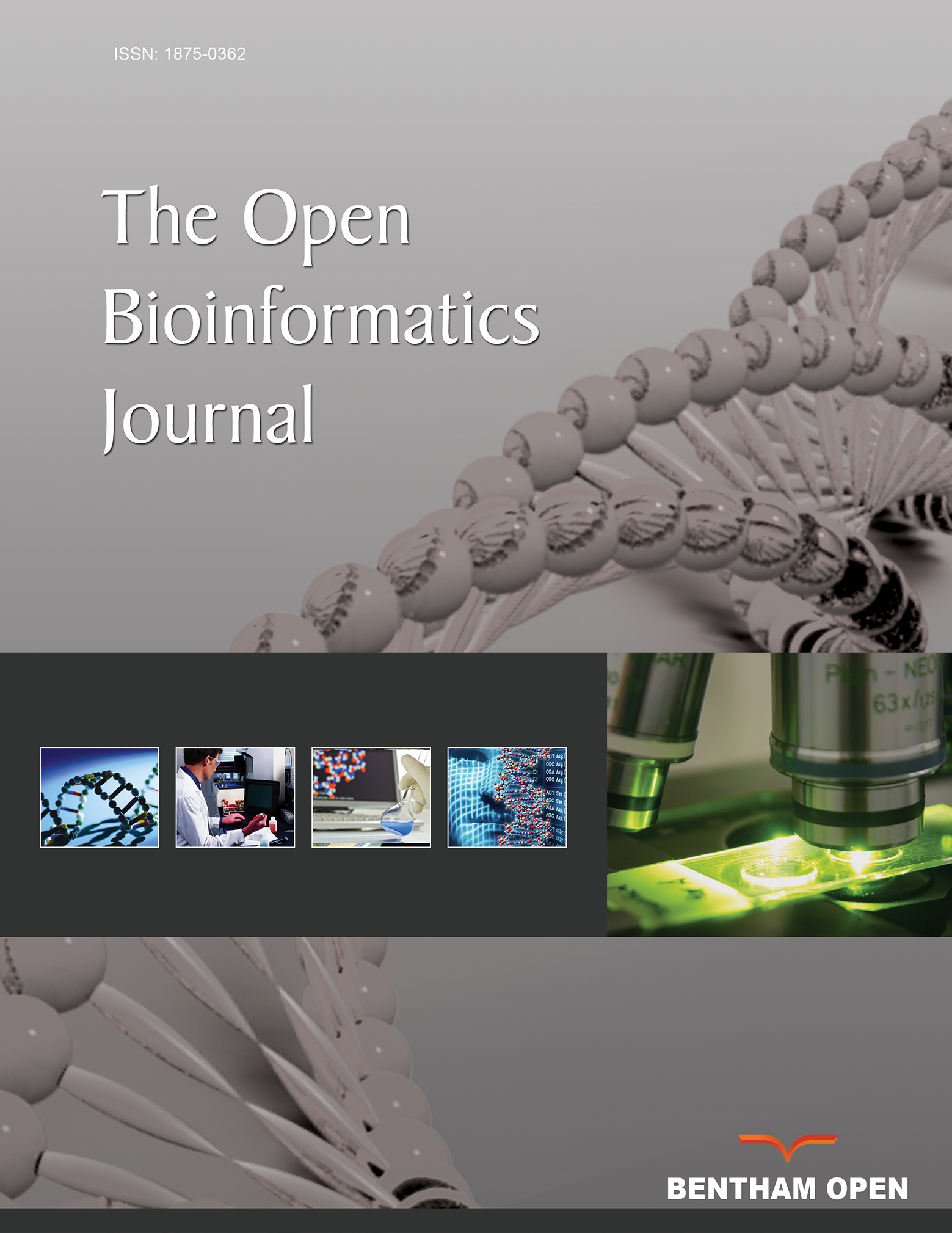Using Chou’s Pseudo Amino Acid Composition and Machine Learning Method to Predict the Antiviral Peptides
Abstract
Traditional antiviral therapies are expensive, limitedly available, and cause several side effects. Currently, designing antiviral peptides is very important, because these peptides interfere with the key stage of virus life cycle. Most of the antiviral peptides are derived from viral proteins for example peptide derived from HIV-1 capsid protein. Because of the importance of these peptides, in this study the concept of pseudo-amino acid composition (PseAAC) and machine learning methods are used to classify or identify antiviral peptides.


